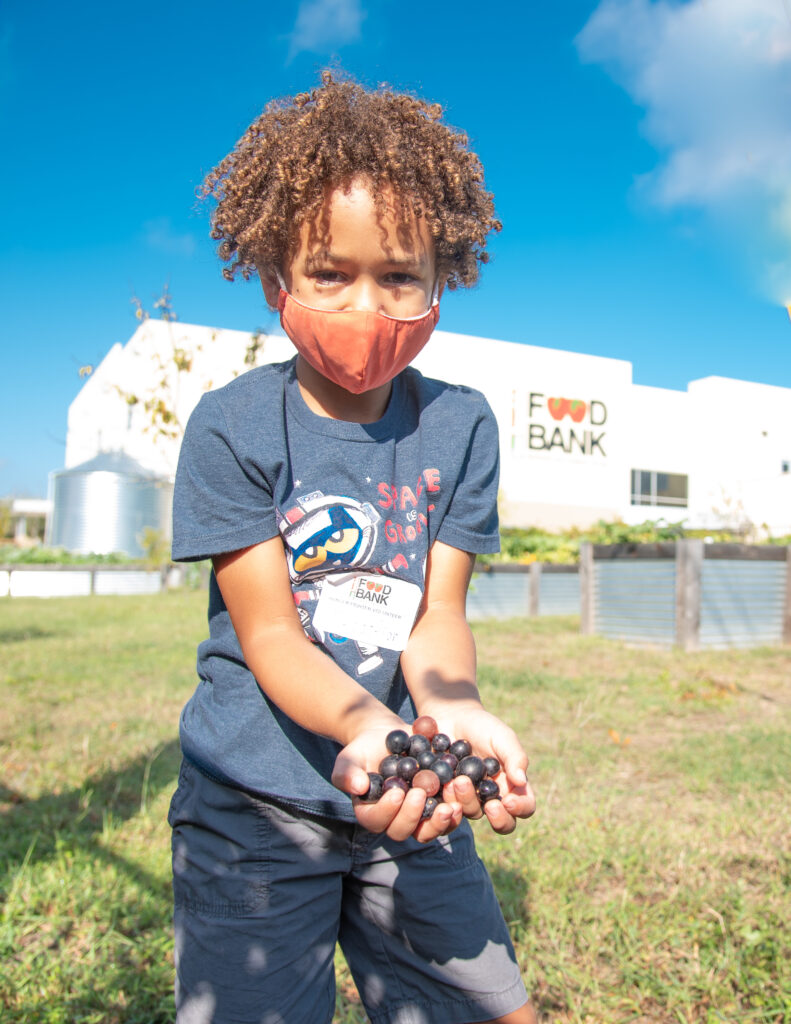
How are you using microBIOMETER®?
We are using microBIOMETER to track the soil health on our farms, gardens and compost. This test allows us to understand if we are providing an environment for our crops to thrive. Because we grow fruit trees, herbs and annual edible crops the fungal to bacterial ratio helps us identify the current soil health and help us understand what strategies we can look to implement to improve that environment over time.
How does microBIOMETER® help people understand the importance of soil biology as opposed to the historical focus on soil chemistry?
Traditional soil tests give you a window into what nutrients are or are not available within your soil. It can give you insight into how much organic matter might be present in your soil, but not how you might work to track progress on soil health, diversity or improving your soil food web on an affordable level. While knowing the nutrient breakdown is helpful information it does not help you understand if you are providing an ideal environment for those micro and macro organisms to thrive and ultimately aid your crops or plants in receiving those nutrients and so much more. The microBIOMETER® test kit has helped us better understand our complex food web and what strategies we can do to create a more balanced environment for our crops and our soil.
How did the microBIOMETER® information assist you with your project?
This test helps us to educate not only our staff on soil health strategies, but also our volunteers and anyone who attends are Teaching Garden classes. The data we collect helps us to showcase how the strategies we are employing to improve our soil health are making a difference from season to season as opposed to every two years from a traditional soil test. That enables us to make better recommendations to our community of growers about ways they can improve their soil, too.
About the San Antonio Food Bank
The San Antonio Food Bank takes pride in fighting hunger, feeding hope in our 29-county service area. We believe that no child should go to bed hungry, adults should not have to choose between a hot meal and utilities, nor a senior sacrifice medical care for the sake of a meal.
Founded in 1980, The San Antonio Food Bank has quickly grown to serve 90,000 individuals a week in one of the largest service areas in Texas. Our focus is for clients to have food for today but to also have the resources to be self-sufficient in the future.
Fighting hunger is our number one priority but we also serve to educate and provide assistance in many other ways. We achieve this through our variety of programs and resources available to families, individuals, seniors, children, and military members in need.
Our Farm and Garden Program consists of two locations and six growing spaces, including two farms and the garden at the New Braunfels Food Bank. Together these areas total more than 100 acres and provide 300,000 pounds of fresh local produce annually to our 29-county service area. We utilize 5,000 volunteers annually to assist with our operation and to provide local produce to the community.
Our Farm and Garden Program strives to provide quality, local produce to the community and to provide resources to teach those in our community how to grow food for today and in the future. In order to meet those goals, we start with our soil. By understanding our soil biology and health we get a window into what is happening at the root level and better understand the environment where our crops live and how to make improvements so we are growing healthy plants and nutritious crops. We believe everyone deserves access to nutritious fruits and vegetables.
Our Teaching Garden classes provide information about the importance of soil and composting as a foundation for building soil diversity and health. We utilize cover cropping on the farms and in our gardens to reduce erosion, build soil fertility, reduce weed pressure and increase organic matter. We create and utilize composting to increase the diversity of our soil, divert valuable resources from the landfill and introduce the community to the benefits of composting at home or in the community.


